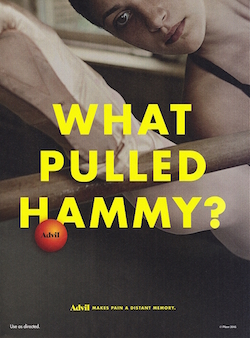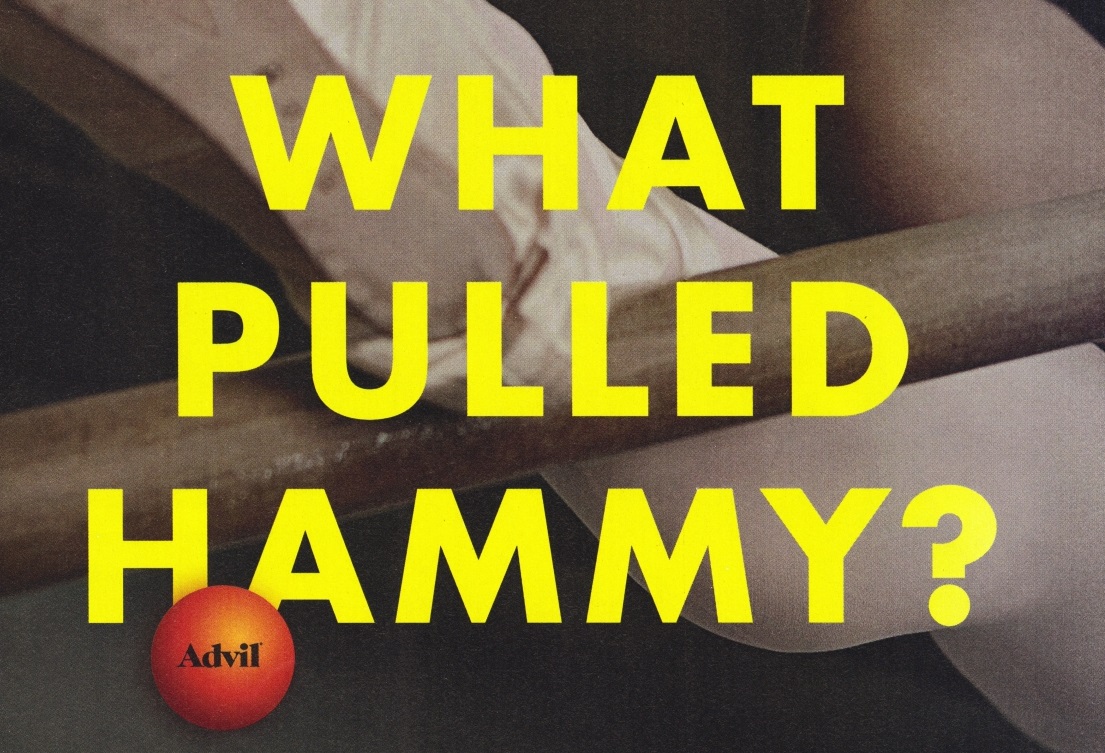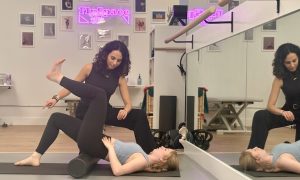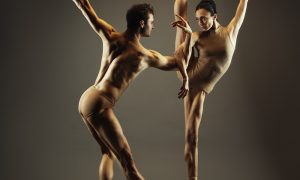
Source: Adpharm.net
For me, the past year has been filled with every dancer’s worst nightmare: injury. I herniated a disc in my lower back while performing on tour, and I broke my ankle last fall during the height of audition season. Instead of dancing in the studio, I found myself in many a doctor’s office waiting room, sifting through old magazines. I usually skip over the advertisements to get to the juicy gossip, best-dressed rankings and top tips for a better night’s sleep. But one ad stopped me in my tracks. The full-page spread had a dancer stretching her leg at a ballet barre. Yellow capital letters read “WHAT PULLED HAMMY?” The ad was selling Advil.
Dancers are basically taught to push through pain — to self-sacrifice in the pursuit of artistic excellence. Non-dancers will never understand the bunions from pointe shoes or the blisters from a fresh pair of LaDucas. You know the saying, “beauty is pain.” And don’t get me wrong, there is a sort of honor in that for a dancer, in pursuing her craft amidst all the blood, sweat and tears. The problem is not being able to distinguish between “good” pain (DOMS: delayed onset muscle soreness) and “bad” (serious injury). And what’s more, not acknowledging our pain at all.
Instead of masking pain, it is important to recognize it and find the best way to treat it. Some fundamental ways to care for a minor injury are to heat the muscle before dancing, ice the muscle after dancing, visit a massage therapist, acupuncturist, or physical therapist, and to, yes, perhaps take a little time off from dancing. Above all, you should never ask, “What pulled hammy?” Mistreating your body is not noble; it’s dangerous. And as a dancer, your body is your instrument. Learn to understand and care for your body, and you’ll be amazed with what more you can achieve.
By Mary Callahan of Dance Informa.















